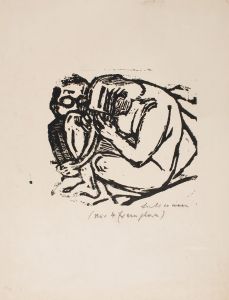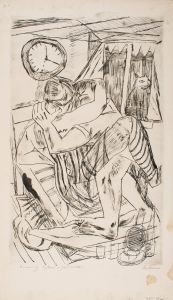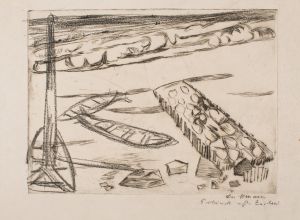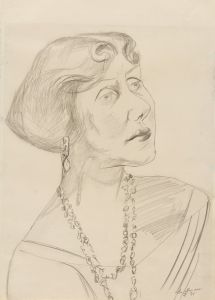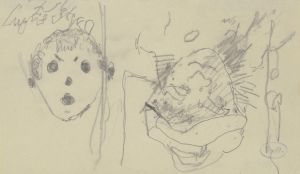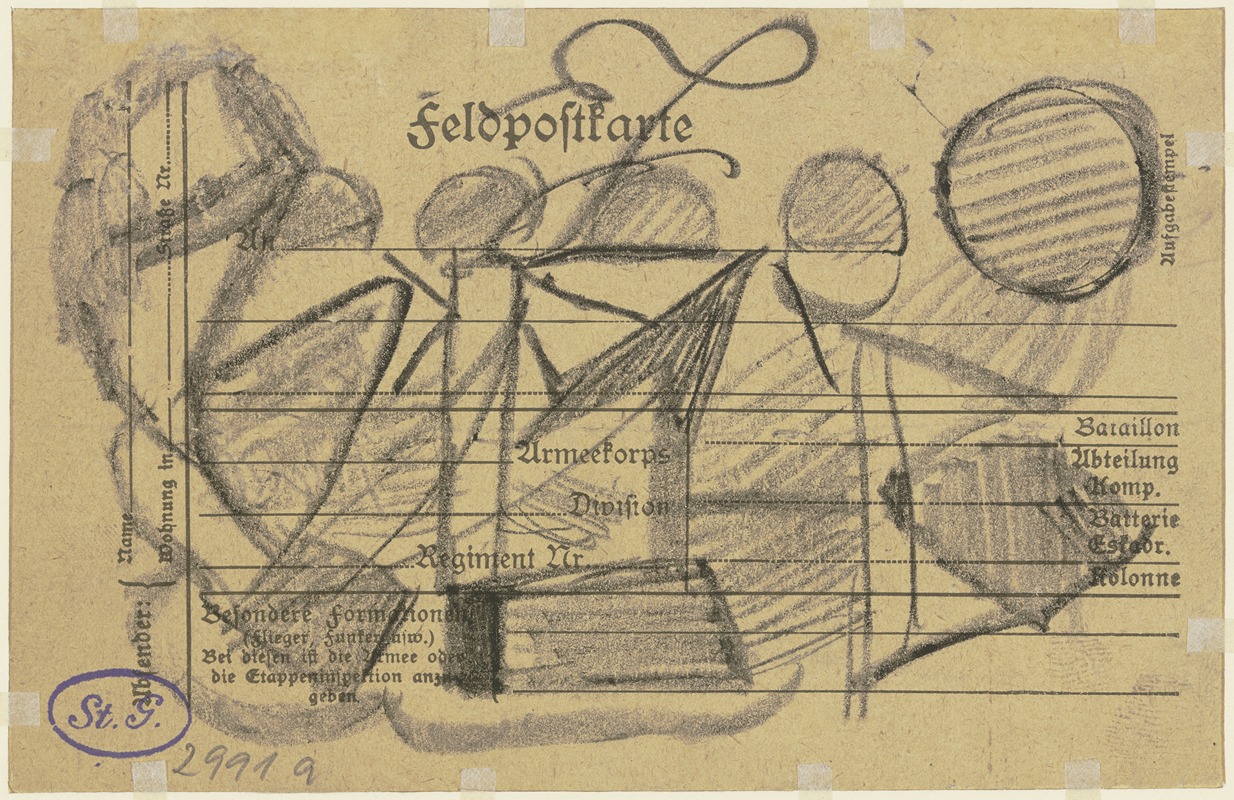
Feldpostkarte mit abstrakter Krakelzeichnung
A hand-painted replica of Max Beckmann’s masterpiece Feldpostkarte mit abstrakter Krakelzeichnung, meticulously crafted by professional artists to capture the true essence of the original. Each piece is created with museum-quality canvas and rare mineral pigments, carefully painted by experienced artists with delicate brushstrokes and rich, layered colors to perfectly recreate the texture of the original artwork. Unlike machine-printed reproductions, this hand-painted version brings the painting to life, infused with the artist’s emotions and skill in every stroke. Whether for personal collection or home decoration, it instantly elevates the artistic atmosphere of any space.
Max Beckmann was a prominent German painter and printmaker, associated with the New Objectivity movement, which emerged in the aftermath of World War I. Beckmann's work is known for its expressive style and often dark, introspective themes. One of his lesser-known works is the "Feldpostkarte mit abstrakter Krakelzeichnung," which translates to "Field Postcard with Abstract Scribble Drawing."
The "Feldpostkarte mit abstrakter Krakelzeichnung" is a piece that reflects Beckmann's experiences during World War I, a period that had a profound impact on his artistic development. Beckmann served as a medical orderly during the war, and the traumatic experiences he encountered influenced much of his later work. The use of a field postcard as a medium is significant, as it connects the artwork directly to the wartime context.
This particular work is characterized by its abstract nature, diverging from Beckmann's more recognizable figurative style. The drawing consists of abstract scribbles, which may suggest a sense of chaos or emotional turmoil. The choice of abstraction could be interpreted as a reflection of the disarray and confusion Beckmann experienced during the war. However, without explicit commentary from Beckmann himself, interpretations of the abstract elements remain speculative.
The medium of a field postcard is also noteworthy. During the war, postcards were a common means of communication for soldiers, allowing them to send brief messages to loved ones back home. By using a postcard as his canvas, Beckmann may have been making a statement about the intersection of art and everyday life, or perhaps commenting on the personal impact of the war.
Beckmann's work during and after World War I often grappled with themes of human suffering, existential dread, and the search for meaning in a fractured world. While the "Feldpostkarte mit abstrakter Krakelzeichnung" is not as widely studied or exhibited as some of his other works, it provides insight into his artistic process and the ways in which he processed his wartime experiences.
The piece is part of a broader body of work that Beckmann created during this tumultuous period, which includes paintings, drawings, and prints. His style evolved significantly during and after the war, moving towards a more symbolic and expressionistic approach. This evolution is evident in his later works, which often feature complex compositions and a vivid use of color.
In summary, the "Feldpostkarte mit abstrakter Krakelzeichnung" by Max Beckmann is an abstract work created on a field postcard, reflecting the artist's experiences during World War I. While specific details about the piece are limited, it is an example of Beckmann's exploration of abstraction and his response to the chaos of war. The work is part of his broader artistic journey, which was deeply influenced by the events of his time and his personal experiences as a soldier.





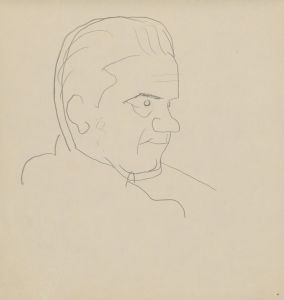
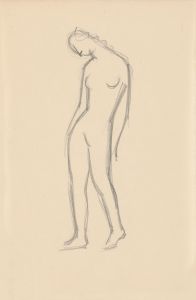
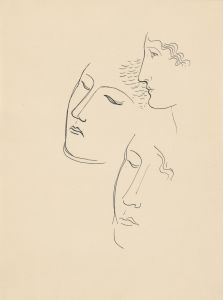
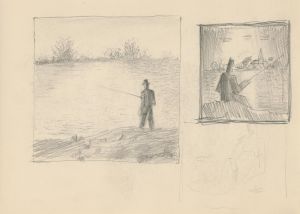

![Miscellaneous interior details.] [Details, figural doodles, and notations](/imgs/249484/s/winold-reiss-miscellaneous-interior-details-details-figural-doodles-and-notations-42b25d95.jpg)

